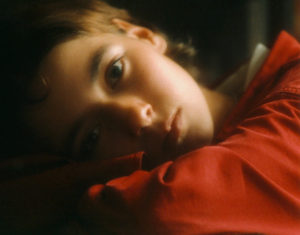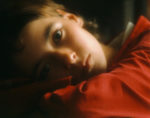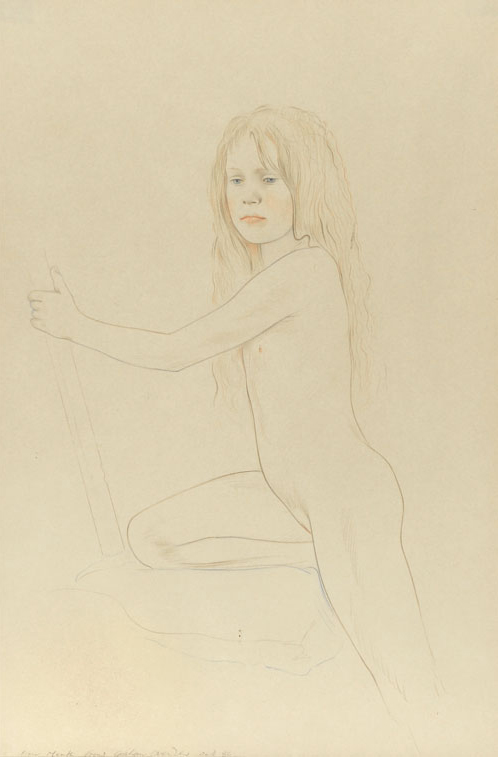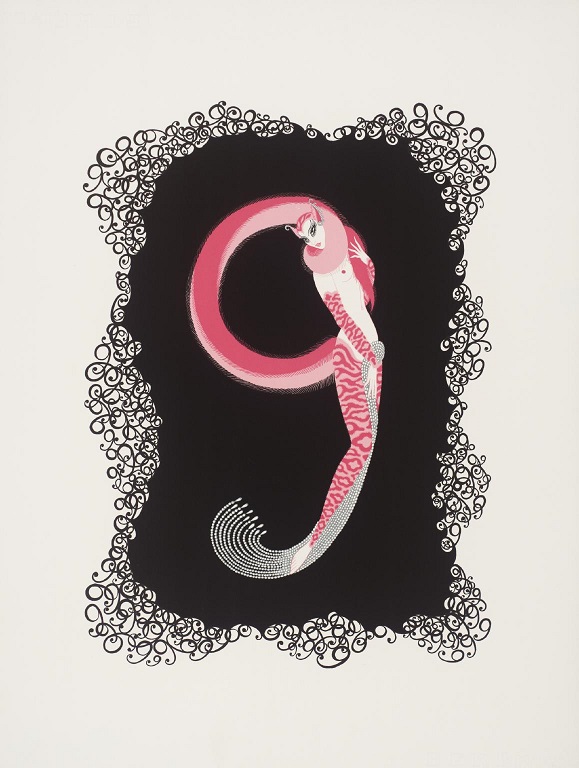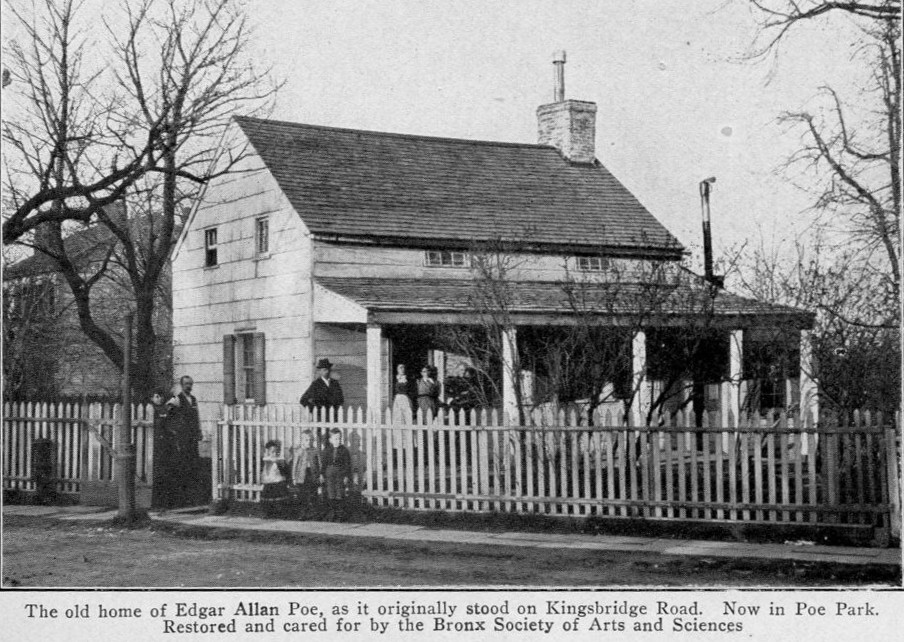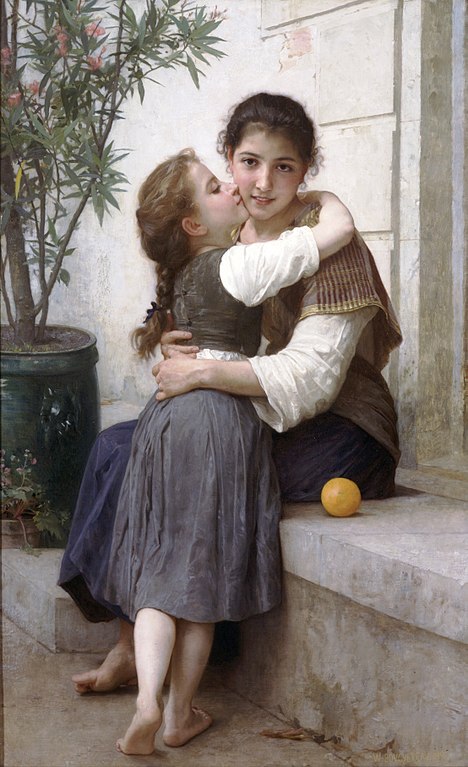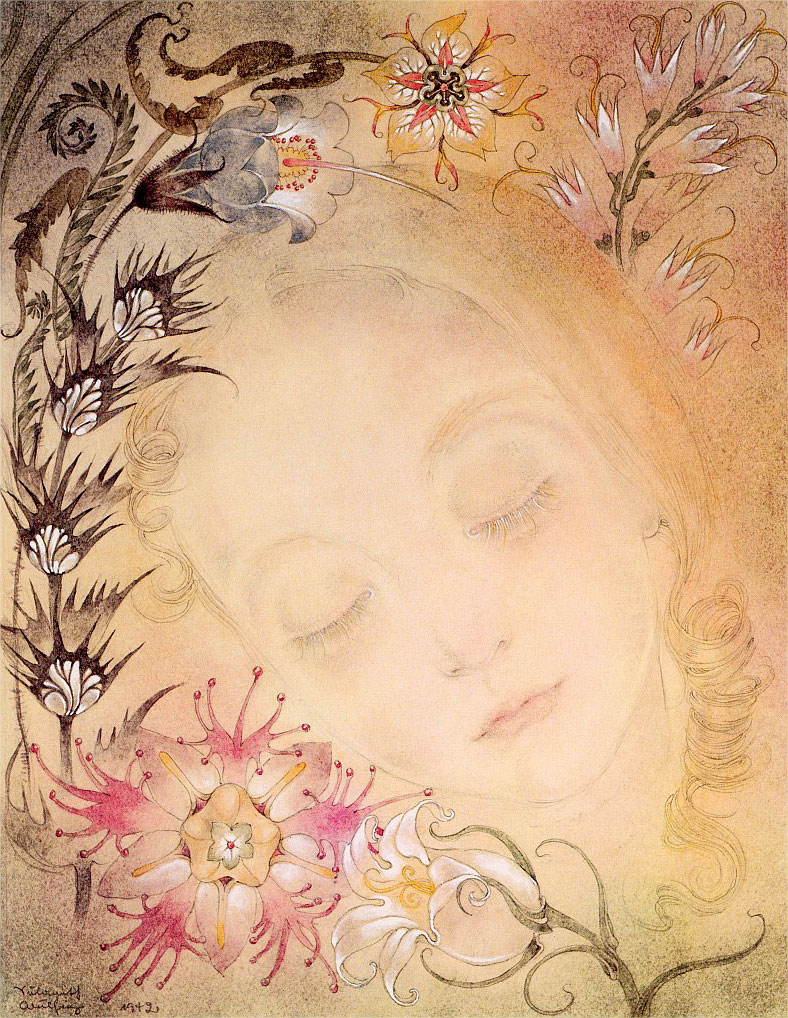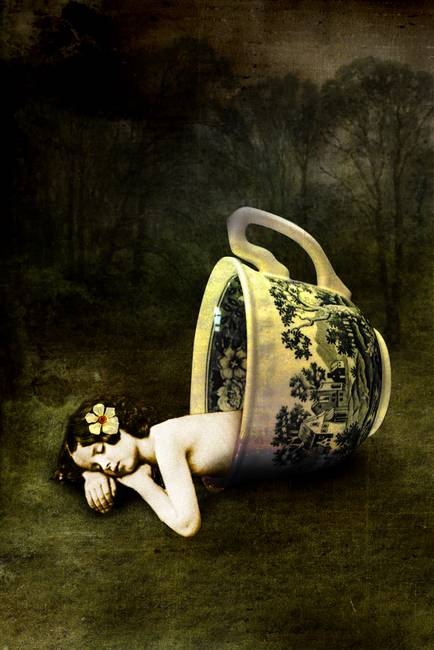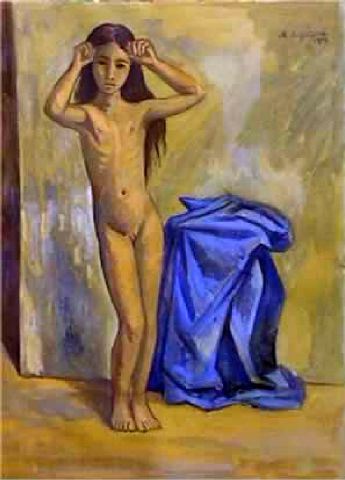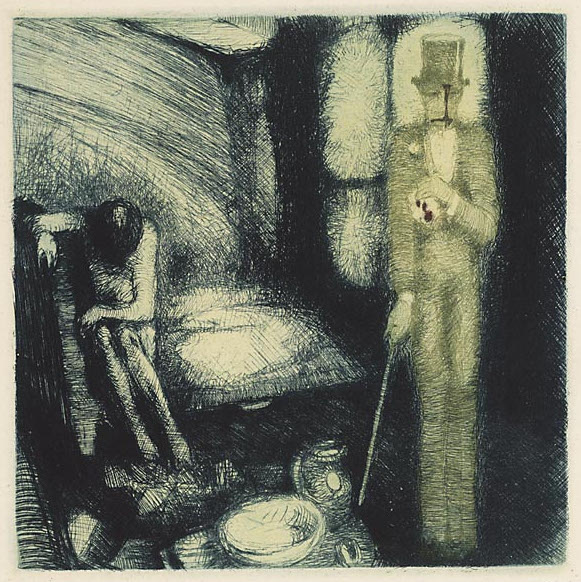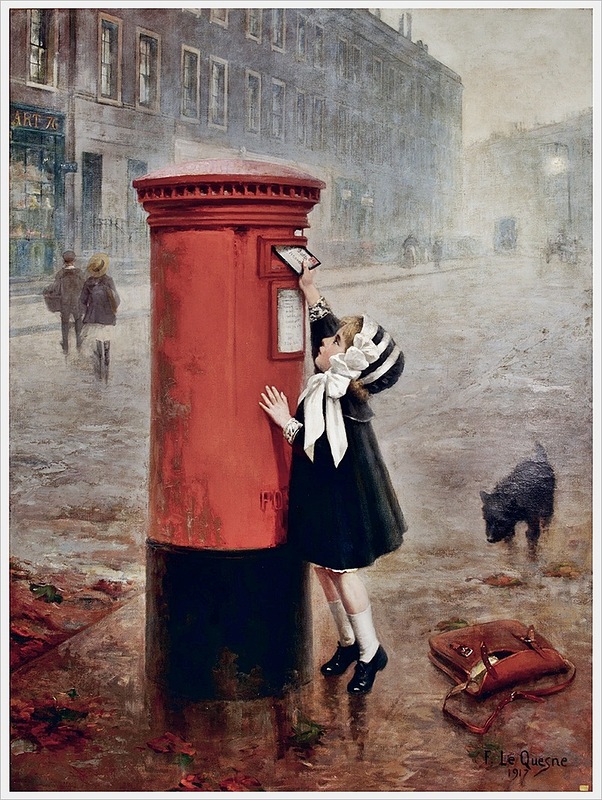
Readers who do not understand French may feel frustrated by the great number of posts about Minou Drouet, all written in that language, and looking quite informative. I have written in Pigtails in Paint a long article on Minou’s life, which contains many details unknown to the general public. CONTINUE READING / CONTINUER LA LECTURE…
